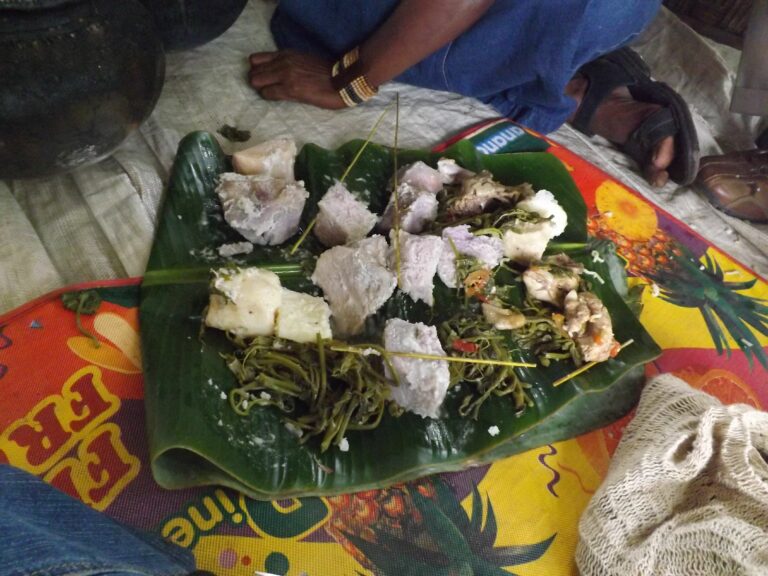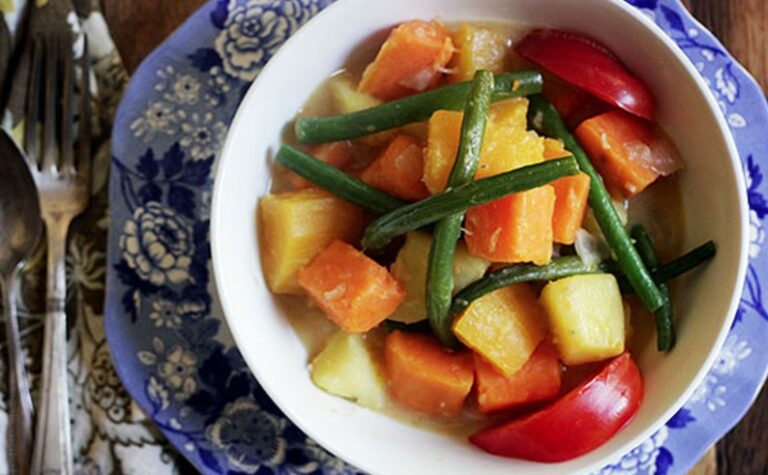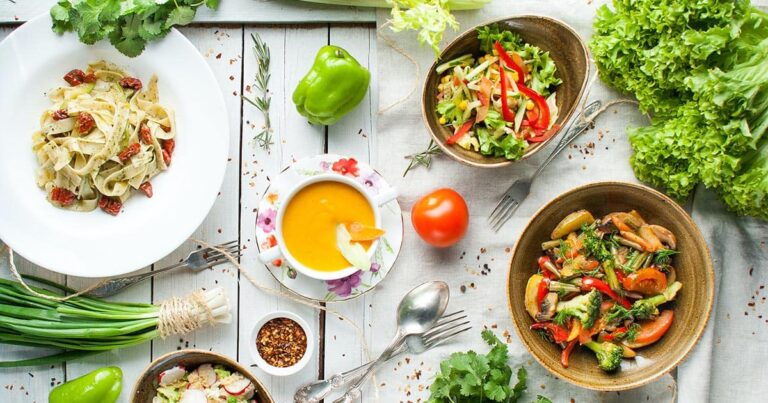Introduction: Papua New Guinean Cuisine
Papua New Guinea, a country located in the Pacific Ocean, is known for its diverse cultural heritage and rich culinary traditions. The cuisine of Papua New Guinea is heavily influenced by its geography and local ingredients, resulting in a unique blend of flavors and cooking techniques. Papua New Guinean dishes are often made with fresh vegetables, fruits, seafood, and meat, making it easy to find options suitable for various dietary restrictions.
Gluten-Free Options: Dishes to Try
For those with gluten intolerance, there are a few dishes in Papua New Guinean cuisine that are gluten-free. One such dish is the kokoda, a traditional dish made with raw fish marinated in lime juice and coconut cream. Another dish that is gluten-free is the laplap, made with taro or cassava, coconut milk, and various meats or vegetables. In addition, the mumu, a popular feast dish, can also be made gluten-free by omitting the use of flour when preparing the meat and vegetables.
Dairy-Free Options: Dishes to Try
For individuals who are lactose intolerant or have dairy allergies, there are several dairy-free options available in Papua New Guinean cuisine. One such dish is the taro and vegetable soup, made with coconut milk instead of dairy. Another dish that is dairy-free is the sago pudding, a dessert made with sago pearls and coconut milk. Additionally, the yam and sweet potato dishes are typically prepared without dairy products, making them safe for those with dairy restrictions.
Vegetarian & Vegan Options: Dishes to Try
Papua New Guinean cuisine has several vegetarian and vegan options, especially for those who enjoy plant-based diets. One such dish is the vegetable curry, made with a variety of fresh vegetables and spices. Another dish that is vegetarian is the taro and spinach soup, which is made with taro, spinach, coconut milk, and various spices. Additionally, the saksak, a traditional dish made with grated sago palm, can be prepared with coconut cream instead of animal milk, making it vegan-friendly.
How to Order for Dietary Restrictions
When dining in Papua New Guinea, it is important to communicate any dietary restrictions to the server or chef. They will be able to provide suggestions for dishes that meet your dietary needs. Additionally, it may be helpful to learn some basic phrases in Tok Pisin, the official language of Papua New Guinea, to communicate your dietary restrictions effectively.
Conclusion: Papua New Guinean Food for Everyone
Papua New Guinean cuisine offers a delicious and diverse range of options suitable for various dietary restrictions, including gluten-free, dairy-free, vegetarian, and vegan diets. With fresh ingredients and unique cooking techniques, Papua New Guinean dishes are not only healthy but also flavorful and satisfying. By communicating your dietary restrictions and trying out some of the suggested dishes, you can enjoy the rich culinary traditions of Papua New Guinea without compromising your health.










